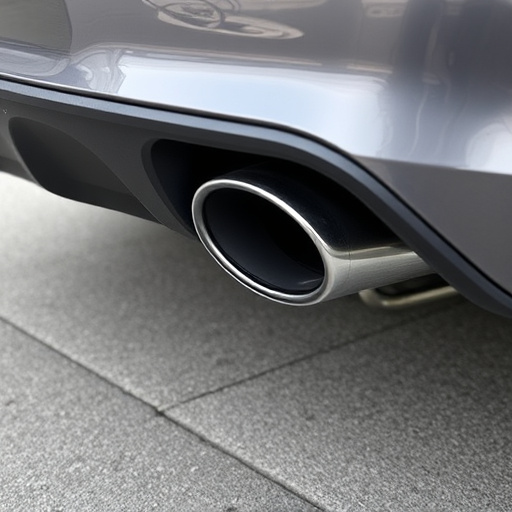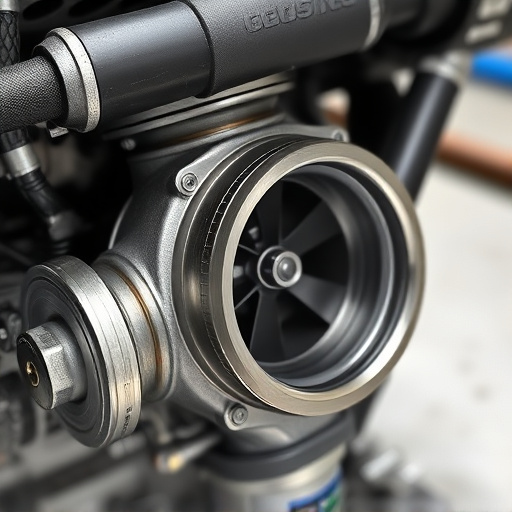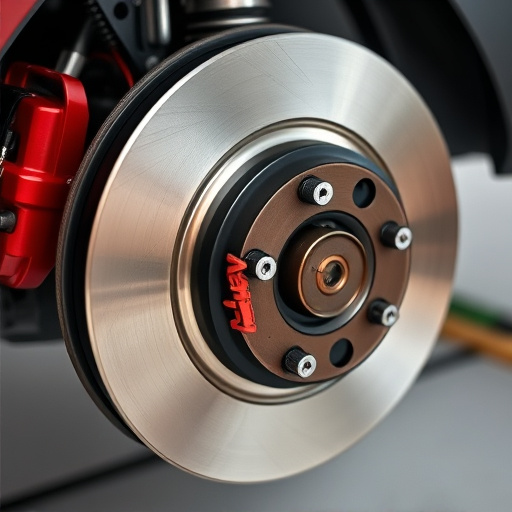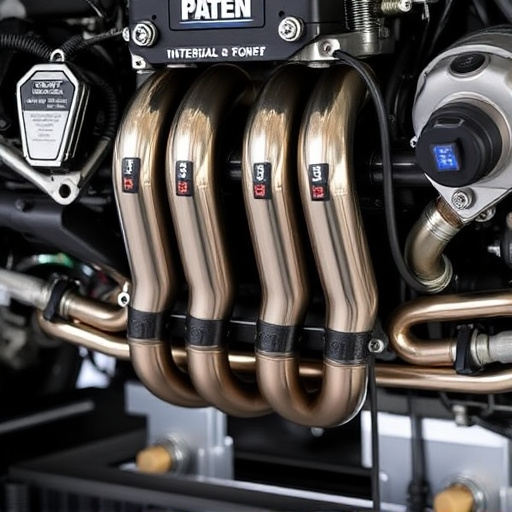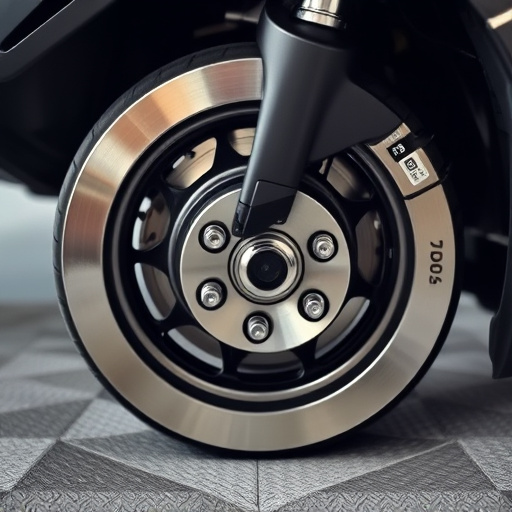A brake performance kit enhances vehicle safety and handling by improving braking force, distance, and thermal management. When selecting a kit for high-performance applications, consider pad material, rotor wear, heat dissipation, and compatibility with your vehicle's make, model, and year. These factors ensure powerful, consistent deceleration across temperatures while preventing overheating, supporting optimal vehicle dynamics and braking efficiency, especially when paired with a high-performance exhaust system.
In the realm of automotive safety, understanding your vehicle’s braking system is paramount. This article delves into the critical components that define a top-tier brake performance kit. From grasping fundamental brakesystem dynamics to deciphering key metrics and selecting the right equipment, we equip folks with knowledge to make informed decisions. By the end, you’ll grasp the essential factors ensuring optimal stopping power and enhanced driving safety.
- Understanding Brake System Fundamentals
- Key Performance Metrics for Effective Braking
- Evaluating and Selecting a High-Performance Brake Kit
Understanding Brake System Fundamentals
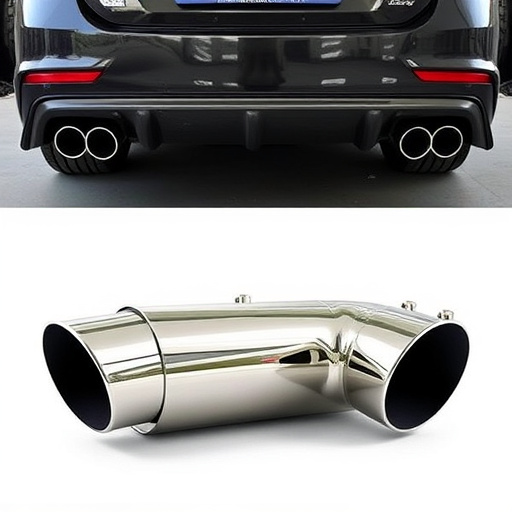
The brake system is a critical component of any vehicle’s overall performance and safety. Understanding its fundamentals is key to evaluating a good brake kit. At its core, the brake system functions by applying pressure to slow or stop the rotation of wheels, converting kinetic energy into heat through friction. This process requires a network of components working in harmony, including calipers, rotors, pads, and fluids, each playing a vital role in ensuring precise control and efficient stopping power.
A high-performance brake kit goes beyond basic functionality; it enhances vehicle performance by offering better control, shorter braking distances, and improved heat dissipation. Key metrics to consider include braking force (how much force the brakes can apply), braking distance (the distance required to stop from a given speed), and thermal management (how effectively the brakes handle heat buildup, often crucial for maintaining consistent performance). These factors are especially relevant when considering modifications like exhaust tips or intake components that can affect overall vehicle dynamics.
Key Performance Metrics for Effective Braking
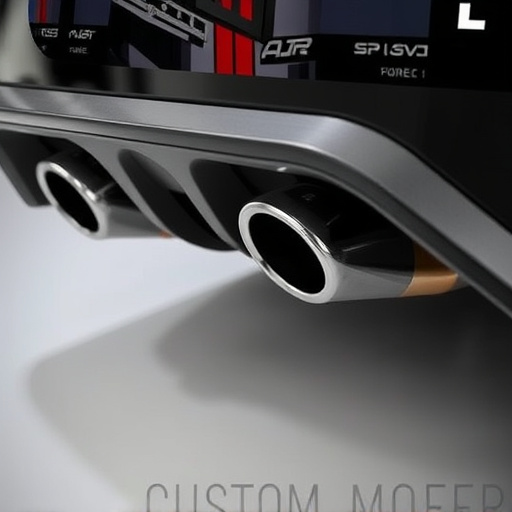
When evaluating a brake kit’s performance, several key metrics come into play, ensuring drivers experience safe and effective stopping power in various driving conditions. One critical aspect is the braking force or torque, which measures the kit’s ability to decelerate the vehicle. This metric is often tested under controlled conditions with standardized equipment to ensure consistency. A good brake kit should demonstrate consistent and powerful braking across different temperatures, providing strong stop times and minimizing the distance required to bring the vehicle to a halt.
Additionally, heat management plays a significant role in brake performance. High-performance brakes generate substantial heat during operation, especially when faced with demanding driving scenarios like rapid acceleration or heavy braking. Efficient cooling systems, often aided by enhanced air intake systems featuring cold air intakes and high-flow performance air filters, are essential to maintaining optimal brake temperatures. Proper heat dissipation ensures consistent braking performance over extended periods, preventing premature wear and enhancing overall brake kit reliability.
Evaluating and Selecting a High-Performance Brake Kit
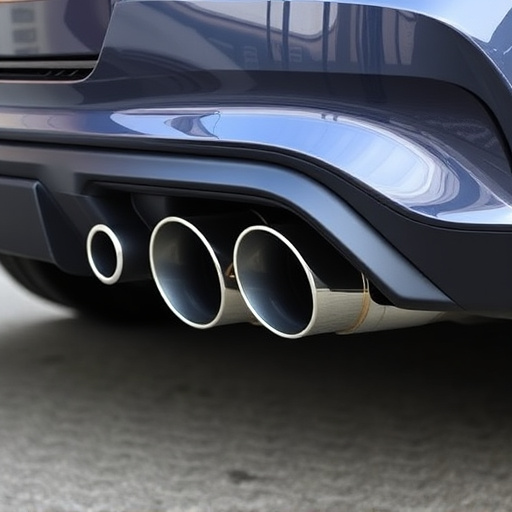
When evaluating a brake kit for high-performance applications, several key metrics come into play. Firstly, consider the material and design of the brake pads; they should offer robust stopping power while minimizing wear on rotors. Look for high-quality, heat-resistant materials that can withstand extreme temperatures without compromising performance. The effectiveness of the entire system is also crucial—the ability to dissipate heat efficiently prevents overheating, ensuring consistent braking force over extended periods.
Additionally, the compatibility and fitment of the brake kit with your vehicle’s specifications are essential. Ensure it aligns with your vehicle’s make, model, and year for a seamless installation process. High-performance exhaust systems and exhaust tips can also impact overall vehicle dynamics, so choose a kit that complements these components to achieve optimal vehicle performance and braking efficiency.
When selecting a brake performance kit, understanding key metrics and evaluating system fundamentals is crucial. By assessing factors like stopping distance, pedal feel, heat dissipation, and durability, you can ensure a high-performing brake kit that enhances safety and driving experience. These metrics guide your choice towards a truly exceptional brake performance kit tailored to your needs.








